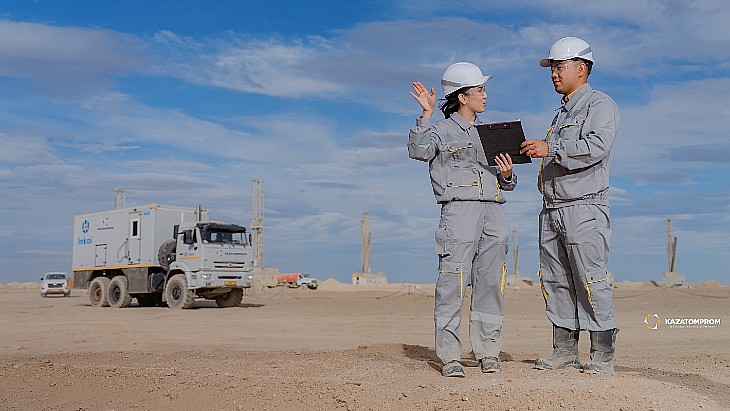State-run Energoatom operates all of Ukraine's four nuclear power plants - Zaporozhe, Rovno, South Ukraine and Khmelnitsky - which comprise 15 units. It said the dispatch of the latest fuel assembly was celebrated during a visit on 13-14 November to Westinghouse Electric Sweden AB by Alexander Shavlakov, its technical director.
Shavlakov said: "Nuclear energy plays a key role in the power industry of Ukraine, ensuring the production of more than half of all the country's electricity needs."
Ukraine's government last year adopted the Energy Strategy up to 2035 which "provides for the preservation of the leading role of nuclear energy", Energoatom said. This includes extending the operating periods of existing reactor units, increases to their power and efficiency rates, completion of two new units at the Khmelnitsky plant, as well as creating a choice of technologies for the construction of new units to replace those that are to be retired after 2030, it added.
These goals are possible only through the diversification of nuclear fuel supply to Ukrainian nuclear power plants, Shavlakov said, as well as the establishment of an efficient system for the management of used nuclear fuel and radioactive waste, and the introduction of the latest nuclear technologies.
"All these goals form the basis of current and future cooperation between Energoatom and Westinghouse," he said.
He noted that in January Energoatom had extended its contract with Westinghouse whose fuel is used at six of the 13 units with VVER-1000 reactors - at the South Ukraine and Zaporozhe plants. From 2021, it will supply fuel for a seventh unit, at the Rovno plant.
Shavlakov said diversification of sources of nuclear fuel supply for VVER-440 reactors is a "promising area of cooperation".
He said: "We invite all operators of VVER-440 reactors to cooperate in making improvements to the supply of nuclear fuel. The consultations that we have already held on these issues with the management of Slovenské Elektrárne brought up the possible challenges. I'm confident that together we will overcome all the obstacles because our staff have proved their ability to adequately respond to any challenges and find brilliant solutions."
The 'corporatisation' of Energoatom, a process which began last year, will open a new window of opportunity for the joint implementation of new ambitious projects, he said.
"Today, the strategic goal of Ukraine is the implementation of the Association Agreement with the EU and the integration the energy system of Ukraine into the ENTSO-E network, creating opportunities for the export and import of electricity. On the agenda are reforming the electricity market, modernisation of electricity infrastructure, implementation of the Third Energy Package, and completion of the third and fourth power units of the Khmelnitsky nuclear power plant," he said.
One of the most promising projects, he said, is the Ukraine-EU Energy Bridge, which will link Khmelnitsky 2 to Burshtyn Energy Island and connect with powerlines to Rzeszów in Poland and Albertirsa in Hungary.
This project will enable the long-term export of electricity, raising funds for the completion of the third and fourth units at Khmelnitsky, he said. This, in turn, will help attract funding for the supply of nuclear island equipment, first-load nuclear fuel, and certain types of equipment and services, he added.

.jpg)



_57190.jpg)
_49098.jpg)






